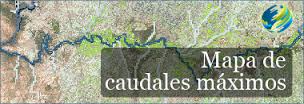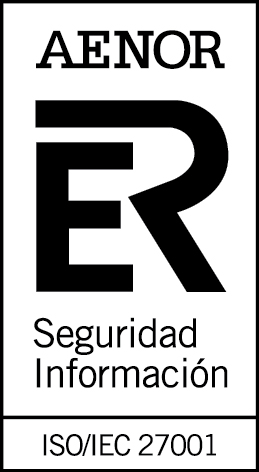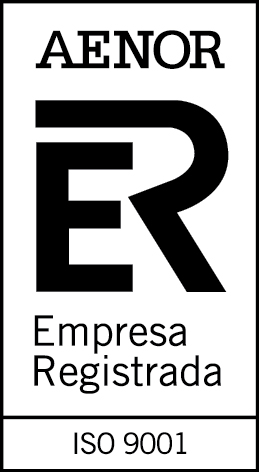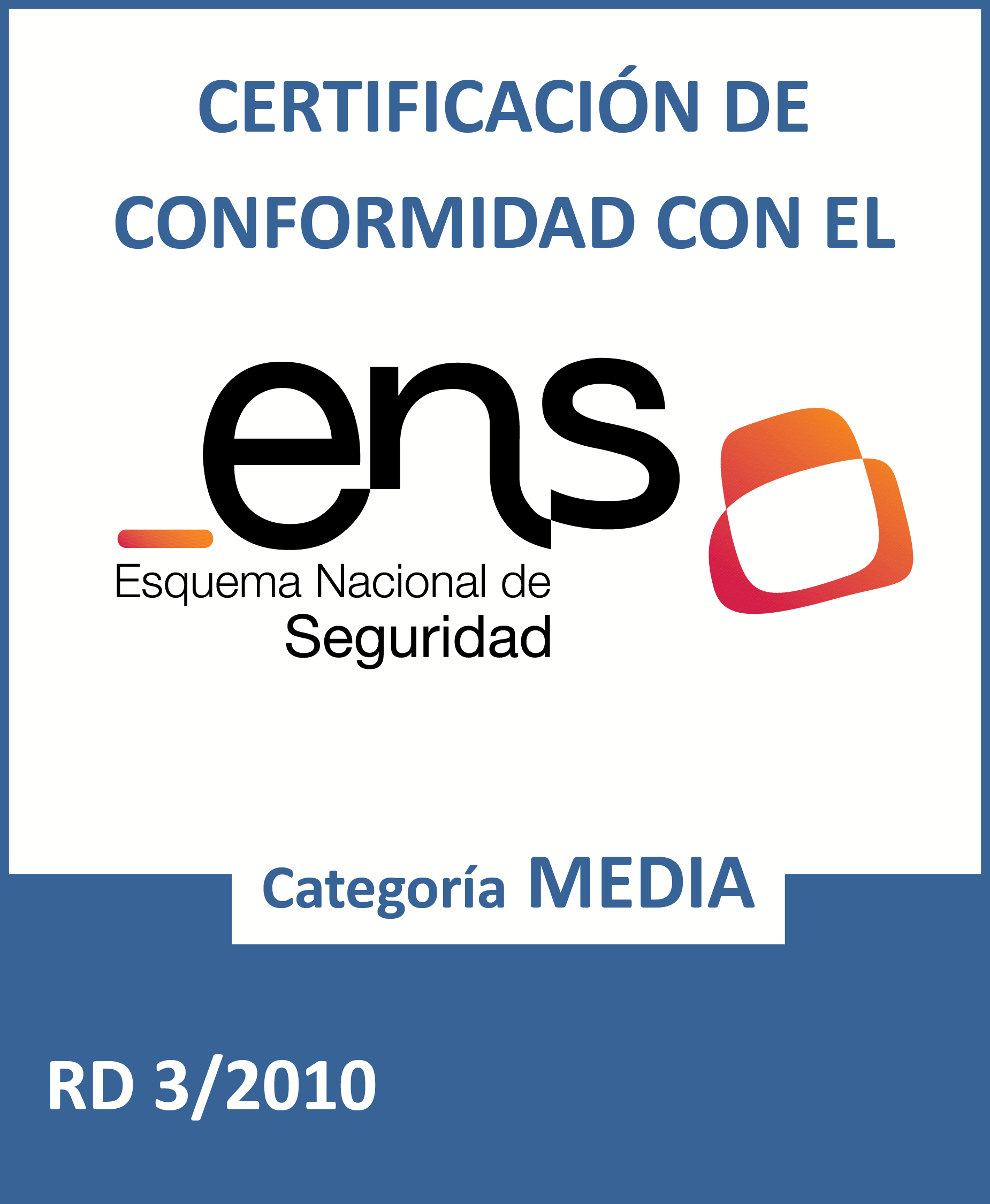4 examples of communities related to geographic data and GIS systems
Fecha de la noticia: 23-08-2022
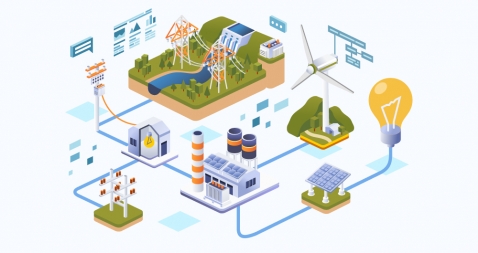
The rise of smart cities, the distribution of resources during pandemics or the fight against natural disasters has awakened interest in geographic data. In the same way that open data in the healthcare field helps to implement social improvements related to the diagnosis of diseases or the reduction of waiting lists, Geographic Information Systems help to streamline and simplify some of the challenges of the future, with the aim of making them more environmentally sustainable, more energy efficient and more livable for citizens.
As in other fields, professionals dedicated to optimizing Geographic Information Systems (GIS) also build their own working groups, associations and training communities. GIS communities are groups of volunteers interested in using geographic information to maximize the social benefits that this type of data can bring in collective terms.
Thus, by addressing the different approaches offered by the field of geographic information, data communities work on the development of applications, the analysis of geospatial information, the generation of cartographies and the creation of informative content, among others.
In the following lines, we will analyze step by step what is the commitment and objective of three examples of GIS communities that are currently active.
Gis and Beers
What is it and what is its objective?
Gis and Beers is an association focused on the dissemination, analysis and design of tools linked to geographic information and cartographic data. Specialized in sustainability and environment, they use open data to propose and disseminate solutions that seek to design a sustainable and nature-friendly environment.
What functions does it perform?
In addition to disseminating specialized content such as reports and data analysis, the members of Gis and Beers offer training resources dedicated to facilitating the understanding of geographic information systems from an environmental perspective. It is common to read articles on their website focused on new environmental data or watch tutorials on how to access open data platforms specialized in the environment or the tools available for their management. Likewise, every time they detect the publication of a new open data catalog, they share on their website the necessary instructions for downloading the data, managing it and representing it cartographically.
Next steps
In line with the environmental awareness that marks the project, Gis and Beers is devoting more and more effort to strengthening two key pillars for its content: raising awareness of the importance of citizen science (a collaborative movement that provides data observed by citizens) and promoting access to data that facilitate modeling without previously adapting them to cartographic analysis needs.
The role of open data
The origin of most of the open data they use comes from state sources such as the IIGN, Aemet or INE, although they also draw on other options such as those offered by Google Earth Engine and Google Public Data.
How to contact them?
If you are interested in learning more about the work of this community or need to contact Gis and Beers, you can visit their website or write directly to this email account.
Geovoluntarios
What is it and what is its objective?
It is a non-profit Organization formed by professionals experienced in the use and remote application of geospatial technology and whose objective is to cooperate with other organizations that provide support in emergency situations and in projects aligned with the Sustainable Development Goals.
The association's main objectives are:
- To provide help to organizations in any of the phases of an emergency, prioritizing help to non-profit, life-saving organizations or those supporting the third sector. Some of them are Red Cross, Civil Protection, humanitarian organizations, etc.
- Encourage digital volunteering among people with knowledge or interest in geospatial technologies and working with geolocated data.
- Find ways to support organizations working towards the Sustainable Development Goals (SDGs).
- Provide geospatial tools and geolocated data to non-profit projects that would otherwise not be technically or economically feasible.
What functions does it perform?
The professional experience accumulated by the members of geovolunteers allows them to offer support in tasks related to the analysis of geographic data, the design of models or the monitoring of special emergency situations. Thus, the most common functions carried out as an NGO can be summarized as follows:
- Training and providing means to volunteers and organizations in all the necessary aspects to provide aid with guarantees: geographic information systems, spatial analysis, RGPD, security, etc.
- Facilitate the creation of temporary work teams to respond to requests for assistance received and that are in line with the organization's goals.
- Create working groups that maintain data that serve a general purpose.
- Seek collaboration agreements with other entities, organize and participate in events and carry out campaigns to promote digital volunteering.
From a more specific point of view, among all the projects in which Geovolunteers has participated, two initiatives in which the members were particularly involved are worth mentioning. On the one hand, the Covid data project, where a community of digital volunteers committed to the search and analysis of reliable data was created to provide quality information on the situation being experienced in each of the different autonomous communities of Spain. Another initiative to highlight was Reactiva Madrid, an event organized by the Madrid City Council and Esri Spain, which was created to identify and develop work that, through citizen participation, would help to prevent and/or solve problems related to the pandemic caused by COVID-19 in the areas of the economy, mobility and society.
Next steps
After two years focused on solving part of the problems generated by the Covid-19 crisis, Geovolunteers continues to focus on collaborating with organizations that are committed to assisting the most vulnerable people in emergency situations, without forgetting the commitment that links them to meeting the Sustainable Development Goals.
Thus, one of the projects in which the volunteers are most active is the implementation and improvement of GeoObs, an app to geolocate different observation projects on: dirty spots, fire danger, dangerous areas for bikers, improving a city, safe cycling, etc.
The role of open data
For an NGO like Geovolunteers, open data is essential both to develop the solidarity tasks they carry out together with other associations, as well as to design their own services and applications. Hence, these resources are part of the new functionalities on which the Association wants to focus.
So much so that data collection marks a starting point for the pilot projects that can currently be found under the Geovolunteers umbrella. Without going any further, the application mentioned above is an example that demonstrates how generating data by observation can contribute to enriching the available open data catalogs.
GIS Community
What is it and what is its objective?
GIS Community is a virtual collective that brings together professionals in the field of geographic data and information systems related to the same sector. Founded in 2009, they disseminate their work through social networks such as Facebook, Twitter or Instagram from where, in addition, they share news and relevant information on geotechnology, geoprocessing or land use planning among other topics.
Its objective is none other than to contribute to expand the informative and interesting knowledge for the geographic data community, a virtual space with little presence when this project began its work on the Internet.
What functions does it perform?
In line with the objectives mentioned above, the tasks developed by SIG are focused on the sharing and generation of content related to Geographic Information Systems. Given the diversity of fields and sectors of action within the same field, they try to balance the content of their publications to bring together both those who seek information and those who provide opportunities. For this reason it is possible to find news about events, training, research projects, news about entrepreneurs or literature among many others.
Next steps
Aware of the weight they have as a community within the field of geographic data, from SIG they plan to strengthen four axes that directly affect the work of the project: organize lectures and webinars, contact organizations and institutions capable of providing funding for projects in the GIS area, seek entities that provide open geospatial information and, finally, get part of the private sector to participate financially in the education and training of professionals in the field of GIS.
The role of open data
This is a community that is closely linked to the universe of open data, because it shares content that can be used, supplemented and redistributed freely by users. In fact, according to its own members, there is an increasing acceptance and preference for this trend, with community collaborators and their own projects driving the debate and interest in using open data in all active phases of their tasks or activities.
How to contact them?
As in the previous cases, if you are interested in contacting Comunidad SIG you can do so through their Facebook page, Twitter or Instagram or by sending an email to the following email.
Communities like Gis and Beers, SIG or Geovolunteers are just a small example of the work that the GIS collective is currently developing. If you are part of any data community in this or any other field or you know about the work of communities that may be of interest in datos.gob.es, do not hesitate to send us an email to dinamizacion@datos.gob.es.
Geo Developers
What is it and what is its purpose?
Geodevelopers is a community whose objective is to bring together developers and surveyors in the field of geographic data. The main function of this community is to share different professional experiences related to geographic data and, for this purpose, they organize talks where everyone can share their experience and knowledge with the rest.
Through their YouTube channel it is possible to access the trainings and talks held to date, as well as to be aware of the next ones that may be held.
The role of open data
Although this is not a community focused on the reuse of open data as such, they use it to develop some projects and extract new learnings that they then incorporate into their workflows.
Next steps and contact
The main objective for the future of Geodevelopers is to grow the community in order to continue sharing experiences and knowledge with the rest of the GIS stakeholders. If you want to get in touch and follow the evolution of this project you can do it through its Twitter profile.



